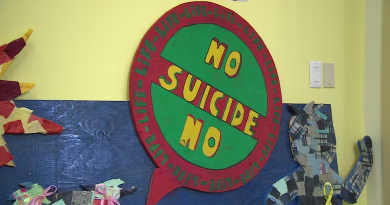N.W.T. embarks on constitutional reform amid lingering questions about representation
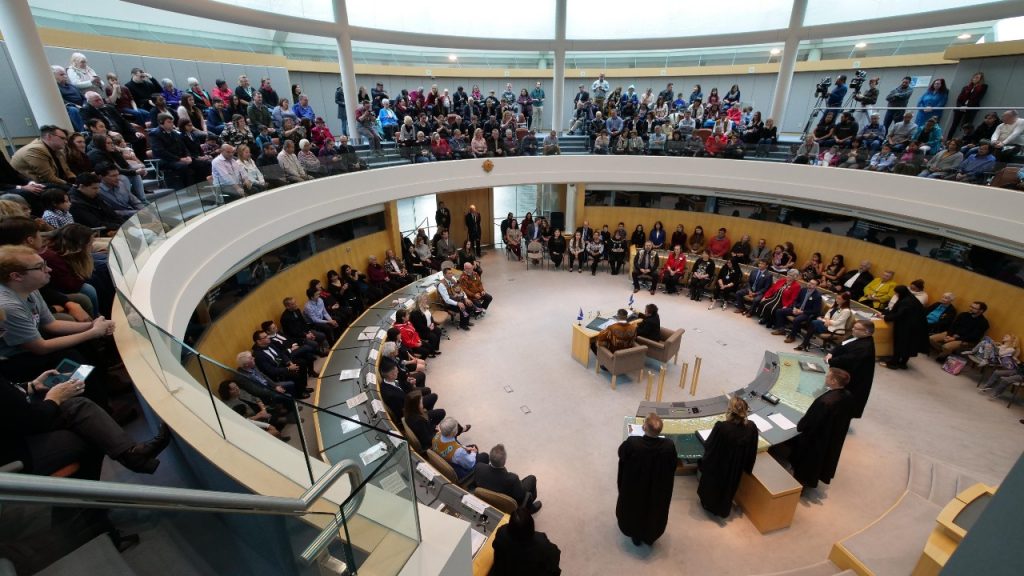
The Northwest Territories (N.W.T.) is about to embark on what could become the most significant reform to its democratic process in decades — but many questions about its political system remain unsettled since they were first raised decades ago.
The year-long Electoral Boundaries Commission normally rules every eight years on the size of the territory’s legislature and the boundaries of its electoral districts.
This time around, members of the territorial legislative assembly (MLAs) opted to expand the commission’s mandate to include a review of how the premier is selected and how cabinet is composed.
Yellowknife North MLA Rylund Johnson called the commission “step zero” in any broad electoral reform — a wide-ranging consultation on what people like, and do not like, about the system.
But history shows the commission is likely to wade into tricky constitutional territory, which could challenge a delicate balance between the capital and dozens of small outlying communities.
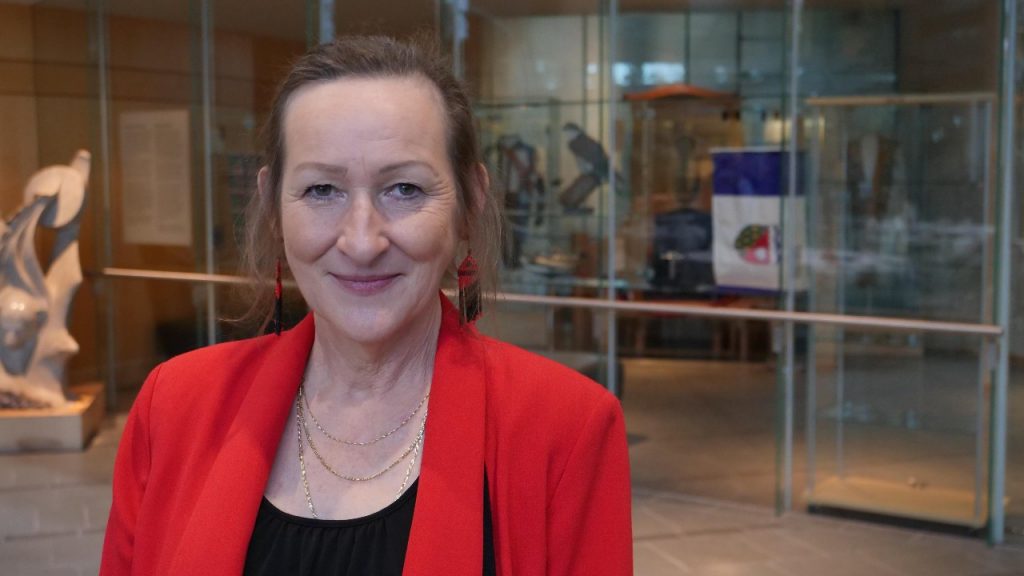
Will ‘pope-like process’ to pick premier continue?
Currently, the premier and cabinet are selected by secret ballot among sitting MLAs at the beginning of each session. The process, which was tweaked after the past two elections, has been criticized as undemocratic and lacking in transparency.
“Every [legislative] body … gets some flack for that kind of pope-like process where everything’s secretive,” said Johnson.
One idea frequently debated in the last election was to begin directly electing the premier. But Johnson cautioned that would present some legal challenges for MLAs and the commission.
Direct election of the [premier] would be a very unusual development. – Michael Gallagher, professor of comparative politics, Trinity College Dublin
“There needs to be a report that says whether we can even do that,” he said. “It would be a significant departure from Westminster democracy.”
Michael Gallagher, an expert in comparative politics at Trinity College Dublin, agreed that “direct election of the [premier] would be a very unusual development.”
In fact, he said, only Israel has tried directly electing a parliamentary leader, 30 years ago, and abandoned it some 10 years later.
David Brock, the N.W.T.’s chief electoral officer from 2010 to 2014, said debates over how to improve the premier selection process go back at least “a couple of decades.” But a 2015 transition report found residents more or less supported the system as-is.
“Really, the debate turned on … what should be the effective representation between regions … in cabinet,” Brock said.
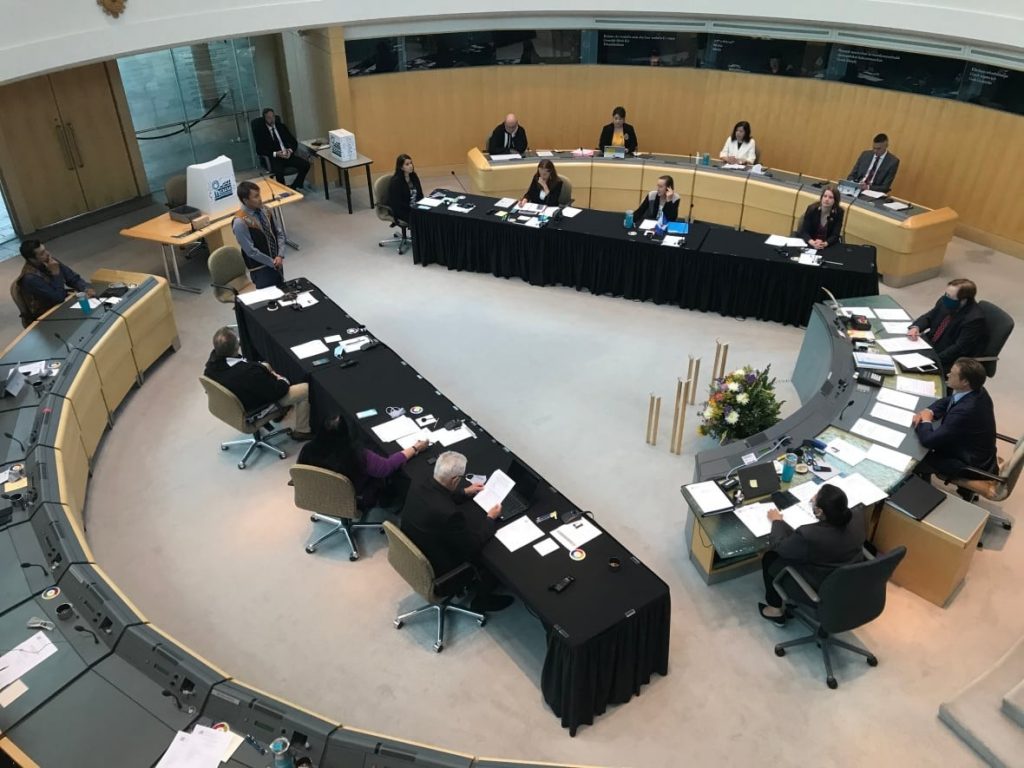
Cabinet’s 2-2-2 rule
That issue, which has been an emotional one for voters and politicians alike, is also part of the commission’s mandate.
Since 1999, convention has held that cabinet be composed of two members from the southern N.W.T., two from the North, and two from Yellowknife.
But the tradition recently came under fire after Katrina Nokleby, a Yellowknife MLA, was ejected from cabinet in August.
Steve Norn, MLA for Tu Nedhe-Wiilideh, volunteered to replace her, but was ruled out on the grounds that he did not represent a Yellowknife riding.
But Norn’s riding includes the communities of Ndilo and Dettah, close neighbours of Yellowknife which, until the last electoral boundary commission reassigned them, were considered part of the city.
“I have been stifled by the system,” Norn said, at the time.
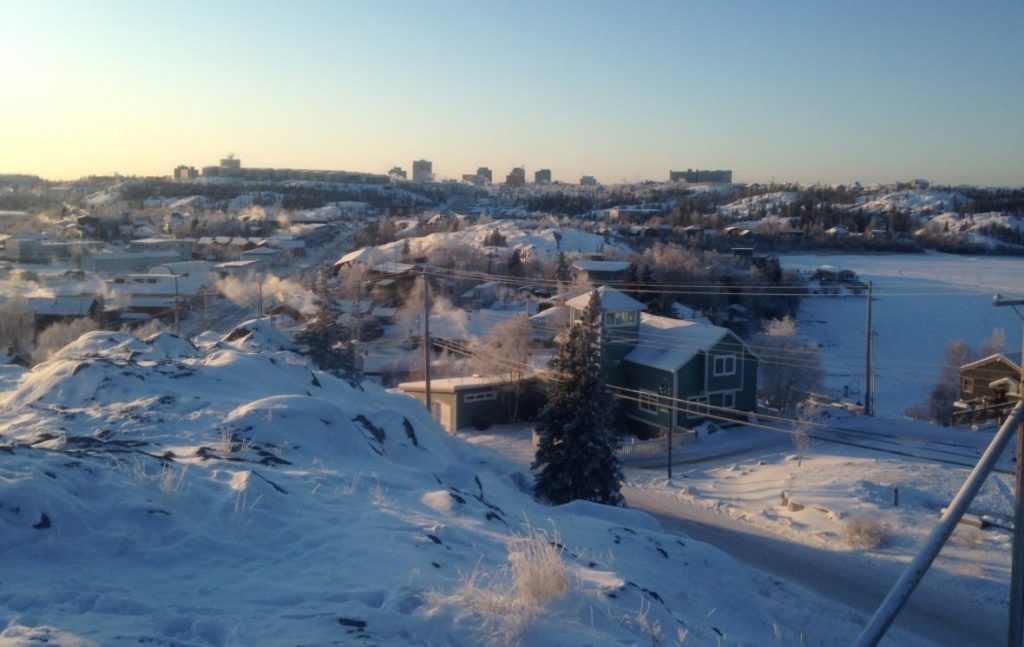
Is Yellowknife underrepresented?
The episode with Norn highlighted a simmering debate in N.W.T. politics likely to be reignited by the commission: whether Yellowknife is underrepresented in territorial politics.
Twice, Yellowknifers have sued the territory in the aftermath of similar commissions to receive more seats in the assembly.
In the first of these cases, in 1999, the judge ruled that the districts proposed by the commission a year earlier amounted to “gross misrepresentation,” as Yellowknife districts included 25 per cent more people than average.
The decision led to the creation of five new electoral districts — three in Yellowknife and one each in Hay River and Inuvik.
By now, that 25 per cent limit has been exceeded in some districts for some time.
“So if you were to just take rough population numbers, it seems like Yellowknife is due two seats, and the Tlicho constituency, Monfwi, has gotten too big and should be divided,” Johnson explained.
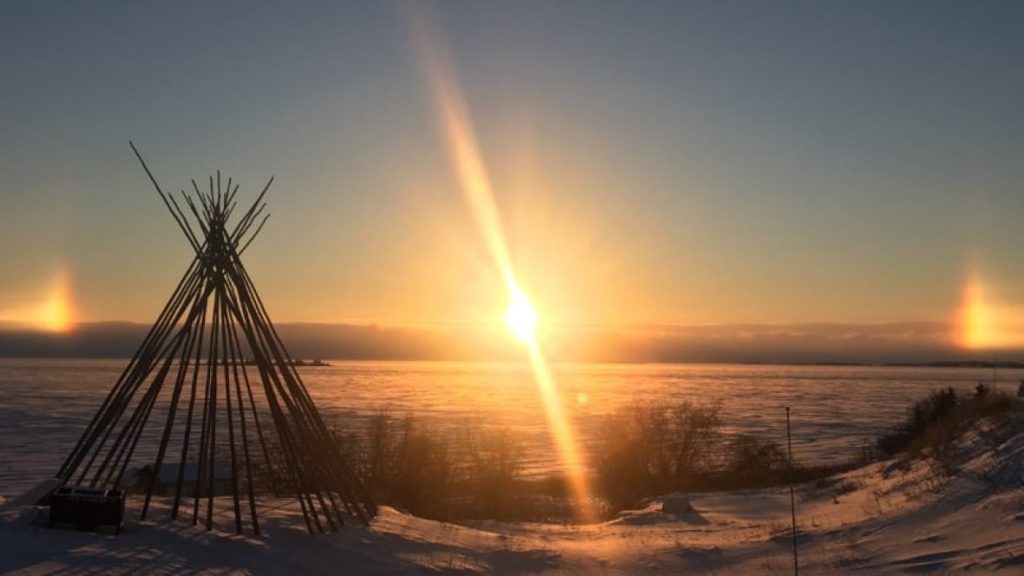
Race & representation
But there is an important subtext to conversations about whether Yellowknife is underrepresented in the territorial government: Yellowknife is a largely non-Indigenous community. The same cannot be said for almost any other community in the territory.
In a 2019 article for Settler Colonial Studies, Aaron Spitzer, a researcher at the University of Bergen in Norway, outlined how that fact has been at the core of past electoral disputes.
The city’s underrepresentation, Spitzer wrote, is partly by design, with the early territorial assembly making “a habit of apportioning assembly seats such that rural Indigenous districts enjoyed substantial overrepresentation vis-à-vis settler-dominated Yellowknife.”
Spitzer said previous debates over redistricting were “racially charged,” with white settlers arguing for the “individual rights” of voters over the special significance of Indigenous communities.
That criticism has been echoed by Stephen Kakfwi, the territory’s last premier from a small community, who called the 1999 decision “a bitter pill and … a shift in power.”
The question of race and representation has only become more significant as the territorial government’s workforce grows less and less representative of the population at large, even as it assumes ever greater powers as part of devolution.
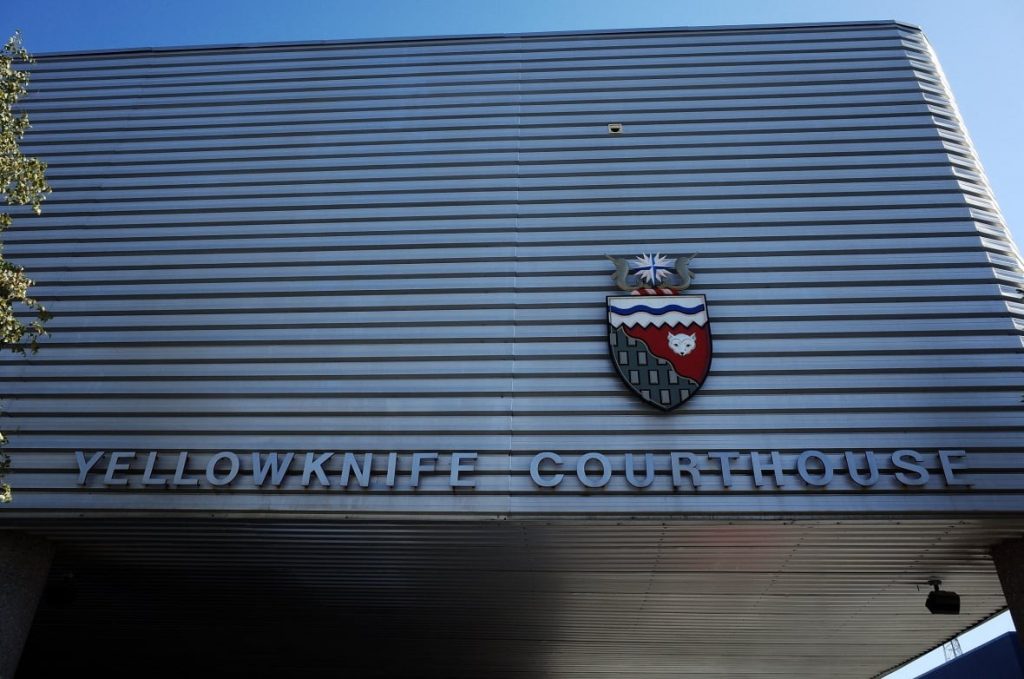
A new mindset?
Ultimately, MLAs will be the ones to decide which reforms to implement. They’ll vote on recommendations put forward by the electoral commission at the end of its year-long mandate.
It’s more than possible that their decision ends up in court.
“Court cases related to electoral boundaries are not unusual,” said Brock, the former elections officer. “Electoral boundaries … are quite rightly of great interest to citizens, and they should be.”
But Brock cautioned that the electoral commission’s recommendations are “not just about counting.
“They’re also about weighing.”
More than just population, electoral boundaries must consider “communities of interest” and their connective tissue, like language, land claims and transportation networks, he said.
“It’s also about communities, and ultimately about effective representation.”
There is some suggestion that N.W.T. courts agree, and would rule differently today than they did in 1999.
In 2015, the City of Yellowknife sued again for more seats in the legislature. But the judge ruled out the city’s challenge — despite the fact that one district, Yellowknife South, was already 28 per cent larger than the mean.
Related stories from around the North:
Canada: MLAs in Canada’s Yukon territory debate electoral reform process as former clerk rebukes gov, CBC News
Finland: Finnish Parliament debates Rinne govt’s first budget proposal, Yle News
Norway: Political earthquake shakes up Northern Norway, The Independent Barents Observer
Russia: How Murmansk government plans to attract newcomers and reverse regional decline, The Independent Barents Observer
Sweden: Swedish gov’s budget raises fears over inequality, Radio Sweden
United States: Protest, policy critiques mark first day of Alaska Federation of Natives Convention, Alaska Public Media



